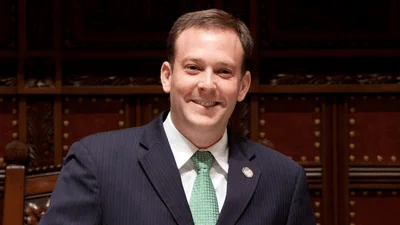The U.S. Department of Agriculture’s Forest Service has given more than $228 million to a program that funds schools, roads and more to more than 700 counties in the U.S. and Puerto Rico.
The funding of the Secure Rural Schools Program was reauthorized by the Bipartisan Infrastructure Law for fiscal years 2021 through 2023 for 742 eligible counties in 41 states and Puerto Rico, a news release said. These funds will help support public schools, roads and other municipal services.
“The Secure Rural Schools program is one of many ways the Forest Service provides continuous support to communities across the country,” Forest Service Chief Randy Moore said in the release. “Not only do these dollars provide funding for schools and roads, but the program also reimburses counties for providing emergency services on national forests and supports the development of community wildfire protection plans, all critical programs designed to improve the quality of life in these communities.”
The Forest Service distributed $2.4 billion through the program in 10 years, the release said.
The Forest Service's efforts to provide financial support through the Secure Rural Schools program and invest in forest-related projects highlight the agency's commitment to promoting sustainable forest management, supporting rural communities and fostering economic growth in the U.S., according to the release.
In addition to the Secure Rural Schools payments, the Forest Service uses Bipartisan Infrastructure Law and Inflation Reduction Act funding to support local economies, improve forests and create jobs through investment in forest restoration projects, the release said. Some projects include road and trail maintenance, recreation opportunities and wood innovation development.
The Forest Service was established in 1905, according to the release. By 1908, the national forest system tripled in size from 56 million acres to 172 million acres.
To compensate local counties for revenue loss from this expansion, Congress ratified the Act of May 23, 1908, which allowed the Forest Service to distribute a portion of agency revenues from mineral leases, timber sales, grazing, recreation and other sources to the state and counties containing the national forests and grasslands.





